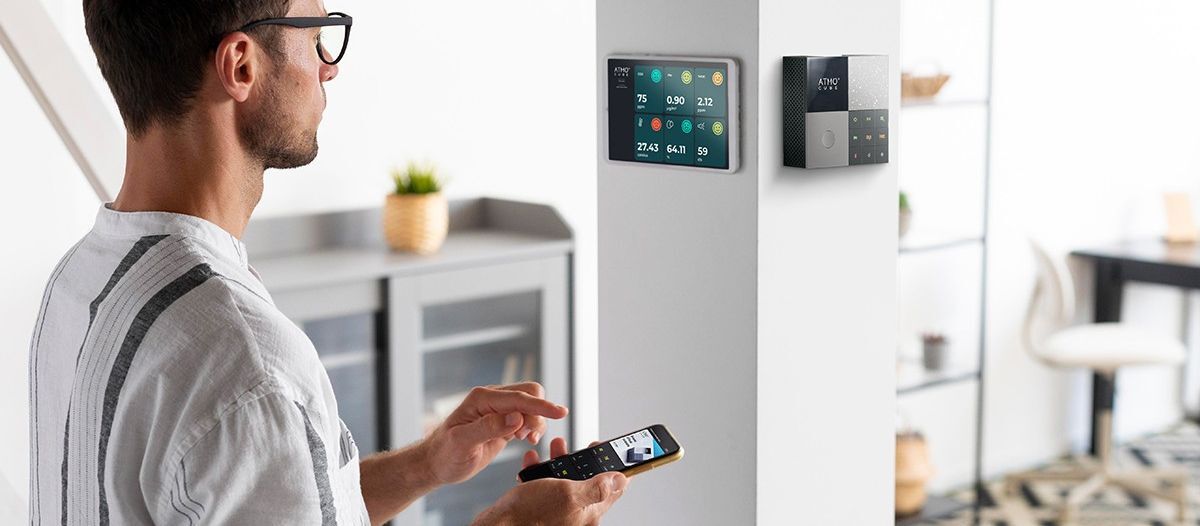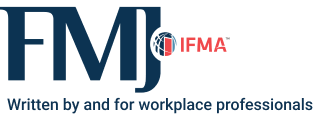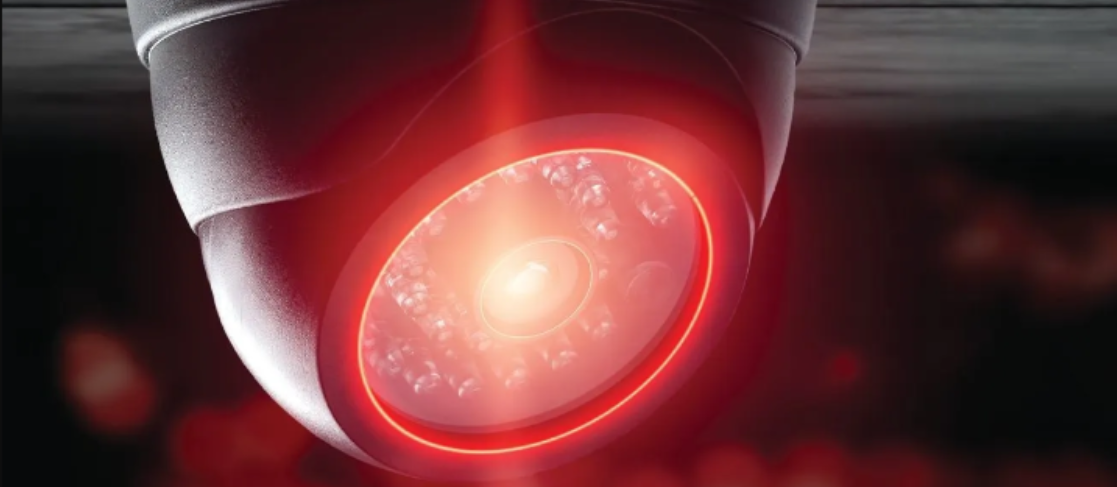Clearing the Air
Elevating IAQ through strategic practices

Globally, indoor environments host over 90 percent of human activity, placing indoor air quality (IAQ) at the core of health, productivity and sustainability in buildings. Facility management professionals shape this vital element through cleaning practices that extend beyond routine upkeep, crafting spaces where air sustains rather than stifles. Advanced technologies and sustainable methods converge to enhance these efforts, unlocking transformative potential for indoor realms, as industry insights and practical applications affirm.
 IAQ as a modern imperative
IAQ as a modern imperative
Indoor air shapes occupant experiences with quiet potency. In spaces where air flows pure, vitality surges, absenteeism fades and efficiency climbs.
In contrast, polluted realms — laden with dust, mold or chemical traces — diminish focus and health, with facility management research noting productivity dips of up to 10 percent. IAQ stands as both a health necessity and a strategic asset, increasingly prioritized across global landscapes.
Smart buildings elevate this mission, integrating real-time systems into cleaning strategies. This shift signals a movement toward environments that nurture life at its fullest, resonating from bustling cities to remote outposts.
Cleaning’s direct influence on air
Cleaning directly counters IAQ threats by targeting their origins. Dust, mold spores and chemical residues drift through air systems, fueled by daily routines and materials. Traditional methods provide a foundation, yet gaps linger — some agents introduce secondary pollutants, and inconsistent efforts miss key zones. Modern practices refine this approach with science-backed precision.
A single breath can disperse contaminants, amplified by emissions from furnishings and devices. FM employs data-guided techniques to break this cycle, ensuring air quality supports well-being across diverse settings, as industry studies indicate.
Technology’s role in cleaning evolution
Cutting-edge technologies enhance cleaning’s role in IAQ management:
-
IoT-enabled sensors: Internet of Things devices track carbon dioxide, fine particulates and humidity in real time. Industry studies suggest these tools significantly reduce pollutant levels in hospitality settings through prompt, data-driven interventions.
-
Robotic cleaners with HEPA filters: Automated systems with high-efficiency particulate air filters maintain surfaces relentlessly, capturing air-compromising particles. Facility management research highlights reductions of up to 30 percent in dust across high-traffic facilities within months.
-
Smart ventilation systems: Cleaning coordinated with enhanced ventilation — often incorporating sterilization methods — expels threats efficiently. Health care applications report near-total contaminant drops, boosting safety and comfort, per documented analyses.
These advancements equip FM to sustain superior IAQ with strategic adaptability.
Sustainability as a cleaning cornerstone
Sustainable cleaning strengthens IAQ while aligning with environmental goals:
-
Enzyme-based solutions: Biodegradable agents dismantle organic threats, reducing allergens markedly in educational spaces without ecological harm, as case studies confirm.
-
Probiotic agents: Beneficial microbes outpace harmful bacteria, sustaining air purity across climates via a balanced ecosystem.
-
Steam-based systems: Vapor methods purge surfaces and ducts with minimal resources, erasing microbial risks. Institutional trials demonstrate enhanced air quality and efficiency.
-
Nanotechnology advances: Emerging surface treatments curb contaminant buildup, easing chemical reliance and promoting long-term IAQ.
These global trends provide FM with eco-smart tools that nurture air and planet alike.
Data-informed strategies
Data refines cleaning’s IAQ impact:
-
Proactive interventions: Occupancy and air trends guide strategic routines. Workplace case studies note energy reductions of about 15 percent while upholding air standards.
-
Measurable gains: Continuous monitoring validates gains, with facilities achieving up to 20 percent air quality improvements, per industry metrics.
This data-driven path offers FM clear, actionable results.
Global insights from practice
Practical efforts illustrate cleaning’s potential:
-
Educational facilities: An urban institution’s steam-based HVAC sanitation reduced contaminants significantly, enhancing comfort and performance, per facility management analyses.
-
Health care contexts: A regional hospital integrating enhanced filtration with cleaning minimized airborne risks notably, aiding recovery and morale, as case studies reveal.
These examples provide FM with adaptable strategies for broader application.
Addressing implementation dynamics
Adopting these strategies presents challenges: technology costs, data security and training needs. Yet, global practices show long-term benefits outweigh investments, safeguards ensure privacy and resources support adaptation, building resilience from obstacles.
Horizons of cleaning innovation
Future advancements will deepen cleaning’s IAQ role:
-
AI-optimized strategies: Emerging artificial intelligence tools will enhance precision by identifying high-pollution zones, enabling facility managers to refine interventions with data analytics.
-
Green certifications: IAQ will anchor sustainability frameworks like WELL and LEED, embedding clean air into operational standards.
-
Adaptive feedback systems: Real-time monitoring will allow FMs to adjust cleaning instantly, ensuring ongoing IAQ improvements.
FM stands poised to lead this evolution, shaping a vibrant future.
A commitment to elevated spaces
Ensuring high-quality indoor air remains a core priority for facility management, achieved through strategic cleaning, data-driven decisions and continuous innovation. Technologies like sensors and robotics, alongside sustainable practices such as enzyme and steam-based methods, craft environments that uplift and endure.
Practical successes worldwide — from revitalized health care spaces to thriving educational hubs — affirm this potential. Occupants deserve air that enhances their experience — a standard FM advances through bold, precise practices.

Ammar Hayek is the managing director of Azoss Trading and Cleaning, bringing more than 13 years of experience in facility management, cleaning services and sustainable business practices. Hayek has a proven track record of implementing innovative solutions to optimize operations and enhance client satisfaction. His leadership in delivering tailored solutions across diverse sectors has established him as a respected professional in his field. He is passionate about leveraging technology, sustainability and strategic planning to drive impactful results in facility management and beyond.










